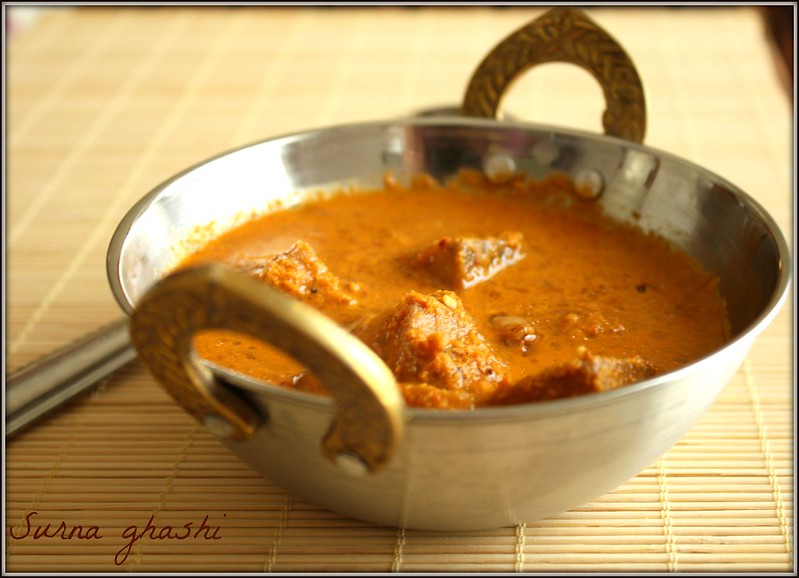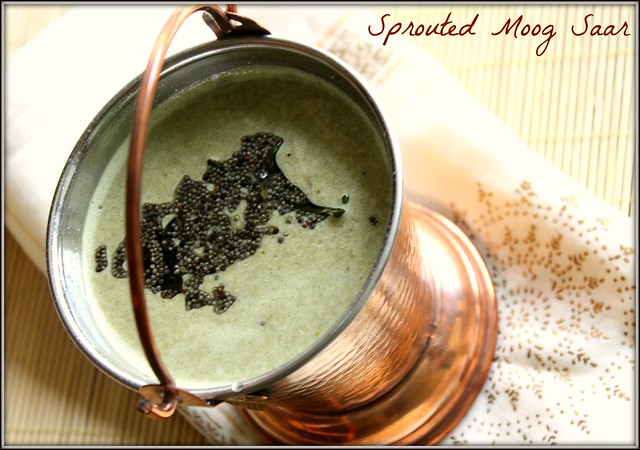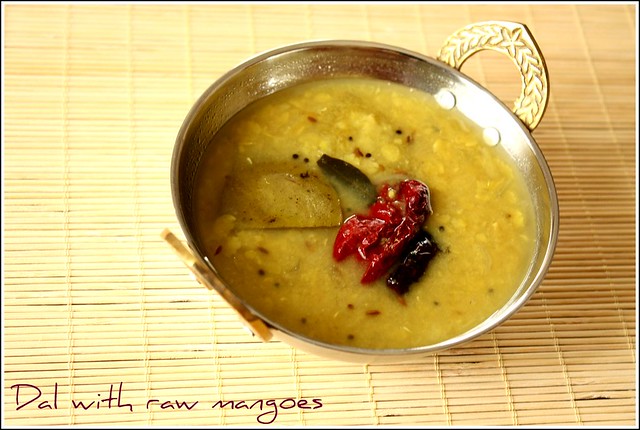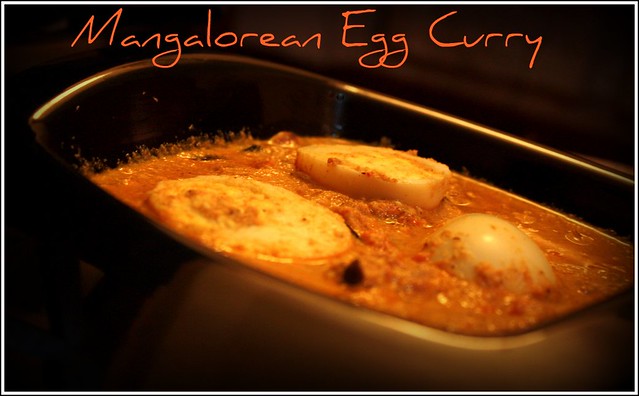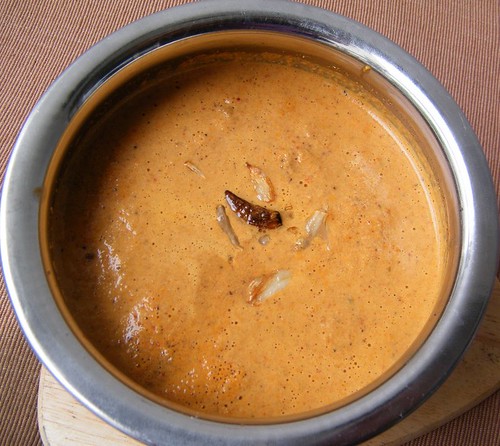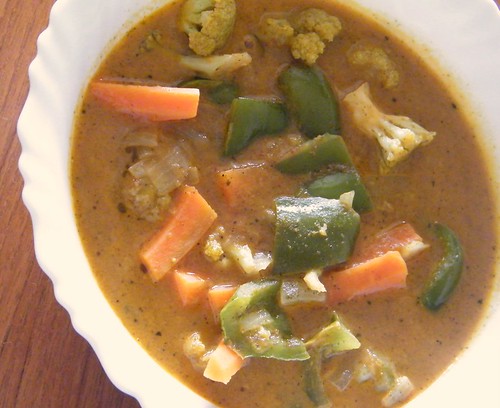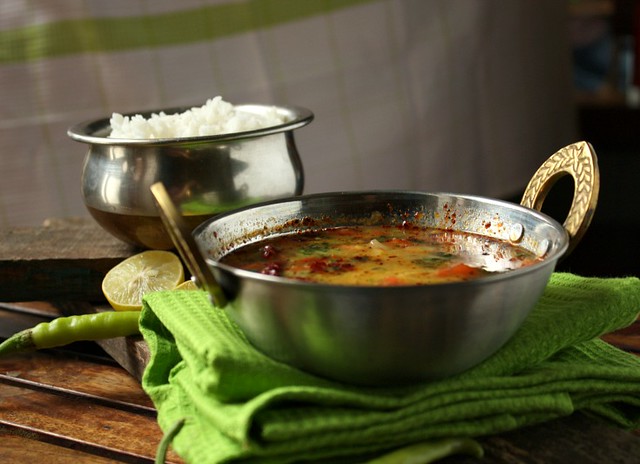
As many old time Bangaloreans would remember, there were many dhabas near Jakkur airport, one of the more famous ones being Sanjay Dhaba. The khatiyas (cots with jute ropes criss-crossing across it, to make a bed) would be kept out for the truckers to have a small nap after their meal. It was a favourite Sunday event to go riding to Jakkur and then eat at one of those dhabas. We were a gang of 4, which sometimes grew to about 8 or ten, but for us four, these dhaba visits were great fun. The food was good, of course, but the ride to the dhabas was something I enjoyed even more.

There was a standard order of rotis, sabji, egg burji and dal fry, and depending on the company, a few more dishes would be added on. Simple fare but it tasted so good out there, sitting on the rather uncomfortable khatiyas and watching the Air Force training planes take off from Jakkur. The egg burji and the dal were always amazing with the freshly made Tandoori rotis.
I make dal everyday, sometimes with tur dal, mung dal, masoor dal, chana dal, but there is a dal on the table everyday since my son totally loves it and doesn't think a meal is complete unless he has had his rice and dal.
I never really followed any particular recipe, but the other day a friend called up and asked me how to make yellow dal fry. I actually rattled away a few ingredients to her and then tried it out myself.
Its a simple, basic recipe and you can use whatever you have in your kitchen to make this, but making this 'yellow dal fry' brought back many dhaba memories, which I guess made the dal so much tastier.

Yellow Dal Tadka
What you need -
1 cup Tur dal / Arhar dal / Yellow split peas
1 onion
1 tomato
2 green chillies / red chillies
1" piece ginger
3-4 cloves of garlic
1 tsp cumin seeds
a pinch of asafoetida
1/2 tsp red chilli powder
1/2 tsp turmeric powder
3 tsp oil
salt to taste
What you do with it -
Wash and rinse the tur dal and add 2.5 cups of water, turmeric and a litle calt
Pressure cook the dal for about 10-15 mins
Chop the onions, garlic, ginger and tomatoes
Heat a small pan and add 2 tsp oil to it. Add the asafoetida, cumin seeds and the slit green chillies or broken red chillies
Once the cumin seeds splutter, add the ginger, garlic and onions
Once the onions brown a bit, add the tomatoes and turn up the heat for 2-3 mins
Then add the cooked dal. You can churn the dal a bit before you add it to get a smoother consistency. Add water if the dal is too thick
Adjust the salt
In a small pan, heat 1 tsp oil and when the oil is hot, add the chilli powder. Let is sizzle in for a minute and then turn off the heat. Pour this over the dal
Sprinkle some coriander leaves and add a dash of lemon juice
Serve hot with rotis or rice




